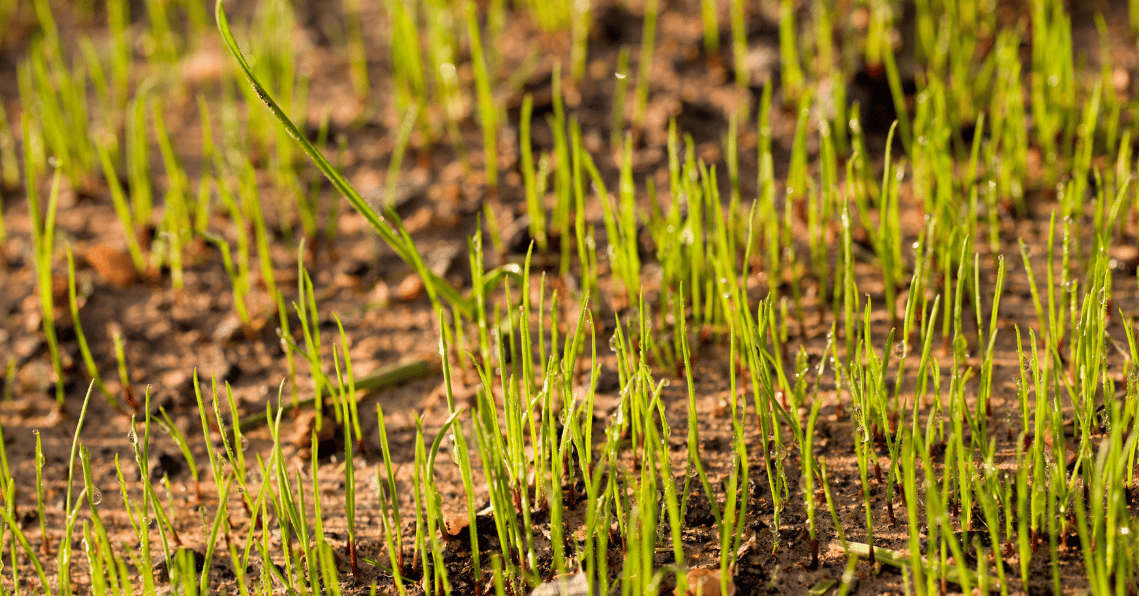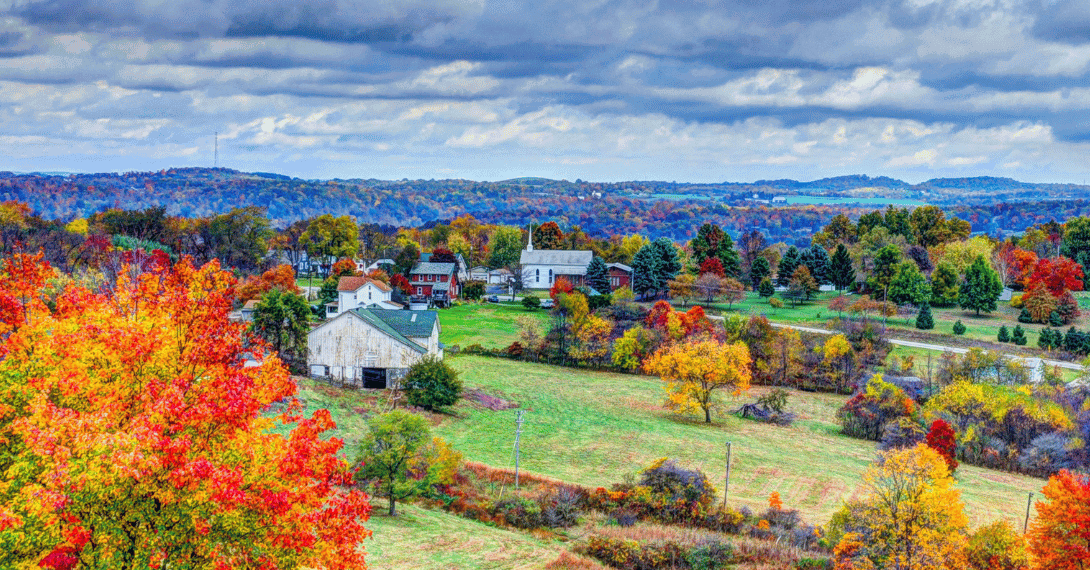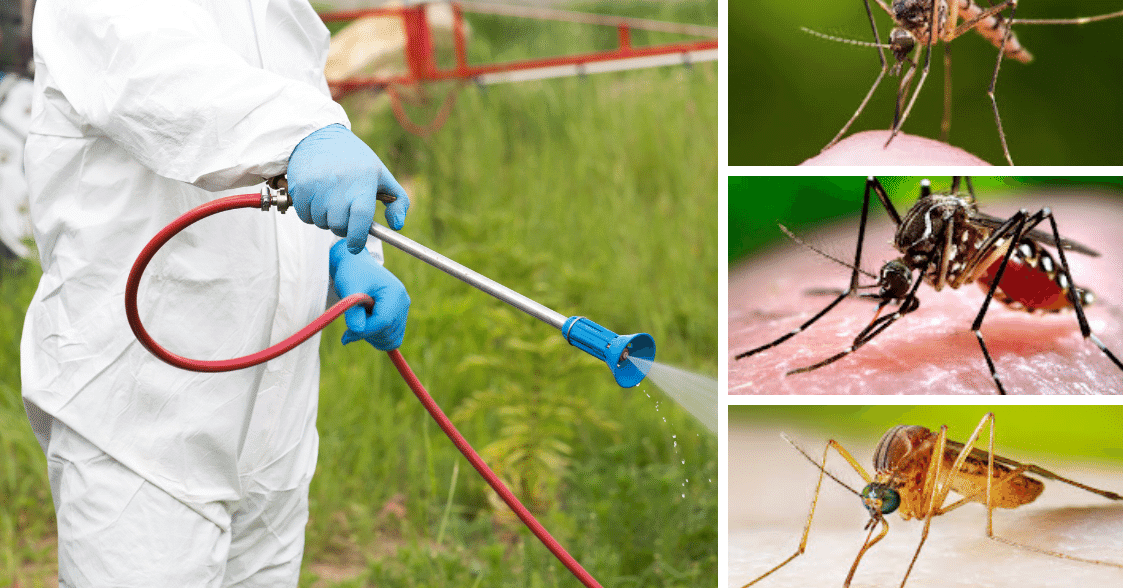At Strobert Tree Services, serving Delaware, Pennsylvania, and New Jersey, we understand boxwoods' beauty and value to your landscape. However, the health of these plants can be significantly compromised by boxwood blight, a severe fungal disease. Knowing how to identify and manage this disease is crucial for maintaining your garden's aesthetic appeal and health. Here's an essential guide on spotting boxwood blight and effectively dealing with it.
What is Boxwood Blight?
Boxwood blight, caused by the fungus Cylindrocladium buxicola, is a devastating disease affecting all boxwood species. Initially identified in the UK in the 1990s, it has since spread to various parts of the world, including the United States. This pathogen is known for its rapid spread and the significant damage it can inflict on boxwoods.
Symptoms of Boxwood Blight
The primary symptoms include:
- Dark brown spots on leaves that expand rapidly under favorable conditions.
- Defoliation, where leaves fall off the branches shortly after the appearance of spots.
- Black streaks on stems are a definitive sign of the disease.
- A general thin and bare appearance of the plant as the blight progresses.
These symptoms usually appear from spring through fall and can lead to complete defoliation, severely weakening the plants.
How to Get Rid of Blight on Boxwoods?
Cultural Controls
- Sanitation: Regularly clean and disinfect gardening tools to prevent the fungus spread.
- Avoid Overhead Watering: Water at the base of the plants to reduce moisture on the leaves, which can promote fungal growth.
- Proper Spacing: Ensure adequate spacing between your boxwoods and other plants to improve air circulation and reduce humidity around the foliage.
Chemical Controls
Fungicides can be effective for severe infections. Products containing chlorothalonil or fludioxonil have been shown to manage boxwood blight when applied at the first sign of infection. Following the manufacturer's instructions carefully and considering multiple applications throughout the season is essential.
Resistant Varieties
Planting blight-resistant boxwood varieties is a forward-thinking strategy to prevent disease. Varieties such as 'Green Gem,' 'Green Mountain,' and 'Green Velvet' have shown greater resistance to boxwood blight and can be excellent alternatives.
When Does Boxwood Blight Start?
The onset of boxwood blight is usually observed in mid to late spring, as the temperatures become mild and there is abundant moisture—conditions that favor fungal growth. However, it can also appear during the humid summer days, especially in shaded, densely planted areas where air circulation is poor.
Contact Strobert Tree Services
If you suspect your boxwoods are affected by blight or need professional advice on maintaining healthy trees and shrubs, do not hesitate to contact Strobert Tree Services. As experts in tree care, we can provide you with the necessary pruning and maintenance services to enhance the health and beauty of your landscape.
At Strobert Tree Services, we are committed to delivering expert tree care and ensuring your garden's longevity and aesthetic value. Serving Delaware, Pennsylvania, and New Jersey, we are your go-to professionals for all tree maintenance needs. Let us help you manage and prevent boxwood blight effectively. Contact us today to ensure your boxwoods and other landscape plants receive the best care.











